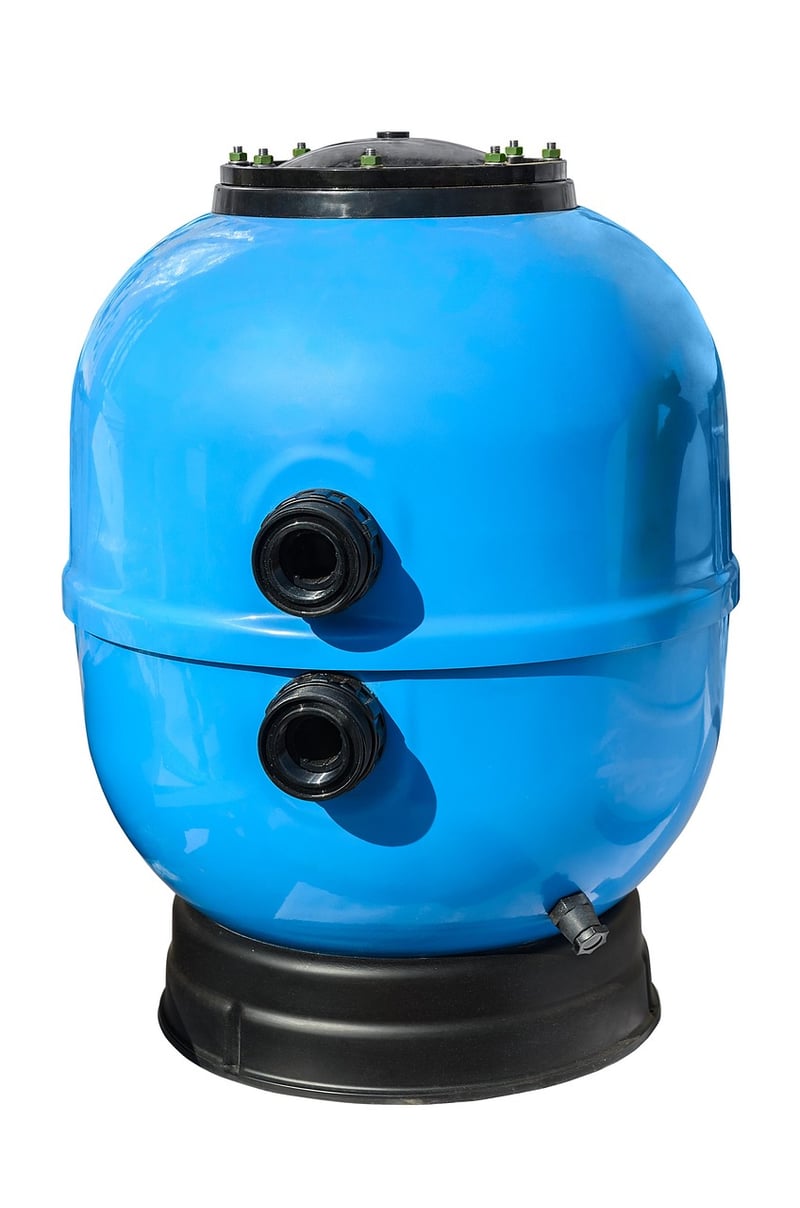Swimming Techniques
The Power of Mindfulness in Sports and Essential Swimming Techniques
Mindfulness in Sports
Sports and mindfulness might seem like an unlikely pair, but the practice of being fully present and engaged in the moment can significantly enhance athletic performance. Whether you're a professional athlete or someone who enjoys recreational sports, incorporating mindfulness techniques can help you focus, reduce stress, and improve overall well-being.
Benefits of Mindfulness in Sports:
- Improved focus and concentration
- Enhanced decision-making abilities
- Reduced performance anxiety
- Increased resilience and mental toughness
- Quicker recovery from injuries
How to Practice Mindfulness in Sports:
- Start with deep breathing exercises to center yourself before a game or practice.
- Focus on the present moment and let go of past mistakes or future worries.
- Acknowledge and accept your thoughts and emotions without judgment.
- Use visualization techniques to mentally rehearse your performance.
- Stay attuned to your body's sensations and adjust your movements accordingly.
Essential Swimming Techniques
Swimming is not only a great form of exercise but also a valuable life skill. Whether you're a beginner or a seasoned swimmer, mastering essential techniques can help you swim more efficiently and enjoy the water safely.
Key Swimming Techniques to Improve Your Performance:
- Freestyle Stroke: The most common stroke that involves alternating arm movements and flutter kicking.
- Backstroke: Swimming on your back while using a flutter kick and alternating arm strokes.
- Breaststroke: A slower stroke that involves simultaneous arm movements and a frog-like kick.
- Butterfly Stroke: A more advanced stroke characterized by a dolphin kick and simultaneous arm movements.
Tips for Enhancing Your Swimming Skills:
- Focus on proper breathing techniques to maintain stamina and avoid breathlessness.
- Work on your body position in the water to reduce drag and move more efficiently.
- Practice your kicks and arm movements separately to improve coordination and power.
- Utilize drills and exercises to target specific aspects of each stroke and enhance your overall performance.
By combining mindfulness practices with essential swimming techniques, you can not only excel in the water but also experience a deeper connection between mind and body. So, next time you hit the pool, remember to stay present, focus on your technique, and enjoy the calming benefits of swimming.


Remember, practice makes perfect, both in mindfulness and swimming!
